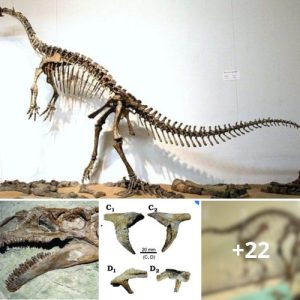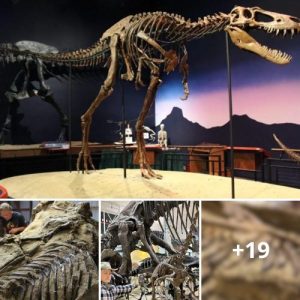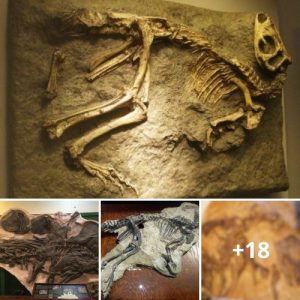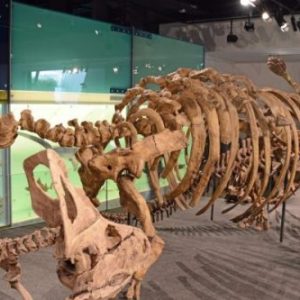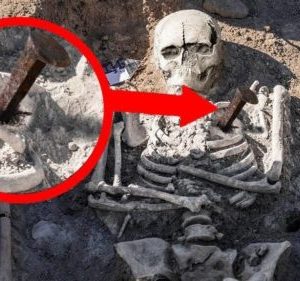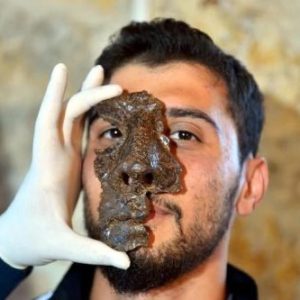
In the world of amateur divers, there are few experiences more thrilling than discovering hidden treasures beneath the deep blue sea. Such adventures often lead to remarkable findings that not only capture the imaginations of history enthusiasts but also shed light on the mysteries of our past. Recently, a group of amateur divers stumbled upon a true marvel – a 1,500-year-old Roman gold coin. This astonishing discovery offers a glimpse into the declining days of the Roman Empire and raises intriguing questions about its history and the circumstances surrounding the coin’s submersion.
The Unearthed Treasure
It was a typical day for the group of divers who set out on an underwater expedition along the Mediterranean coast. Little did they know that their day would be far from ordinary. As they explored the underwater world, their keen eyes landed on something extraordinary: a pristine Roman gold coin dating back to the era of the Declining Roman Empire.
The coin’s excellent state of preservation is nothing short of a miracle, given its age and the rigors of being submerged in seawater for centuries. This remarkable discovery has excited both history buffs and archaeologists, as it opens a new window into an era when the mighty Roman Empire was waning.
The Roman Empire in Decline
The Roman Empire, at its zenith, was an epitome of grandeur, spanning vast territories across Europe, Africa, and Asia. However, by the 5th century AD, the empire was grappling with internal strife, economic instability, and external threats. This period, known as the Declining Roman Empire, was marked by the slow erosion of Roman dominance, political upheaval, and a weakening military.

The Discovery’s Significance
The unearthing of the 1,500-year-old Roman gold coin is significant for several reasons. Firstly, it serves as a tangible link to a period in Roman history that is not as extensively documented as the empire’s glory days. Coins from this era can provide invaluable insights into the economic, political, and social conditions that prevailed during the empire’s decline.
Secondly, the coin’s remarkable preservation presents a unique opportunity for historians and archaeologists to study the craftsmanship and metallurgy of the time. Details on the coin, such as inscriptions, portraits, and mint marks, can reveal much about the reign of the emperor under whom it was minted.
Lastly, this discovery underscores the enduring allure of ancient Roman artifacts. Even in the modern age, the relics of this once-great civilization continue to captivate people, making them appreciate the richness of the Roman heritage.
Questions and Speculations
The discovery of the Roman gold coin naturally raises numerous questions and speculations. How did this coin end up in the Mediterranean waters? Was it lost at sea, hidden, or intentionally placed there for reasons unknown? What role did this coin play in the economy and society of the time? These are just a few of the mysteries that archaeologists and historians will seek to unravel in the coming months.

The amateur divers who uncovered this 1,500-year-old Roman gold coin have gifted us with a tantalizing glimpse into the enigmatic Declining Roman Empire. The find serves as a reminder that beneath the surface of our world’s waters, treasures of the past still await discovery. As researchers delve deeper into the coin’s history and significance, we can look forward to unraveling the secrets of a bygone era and appreciating the enduring legacy of the Roman Empire. This discovery reaffirms the power of history to connect us with our ancestors and ignite our curiosity about the past.

